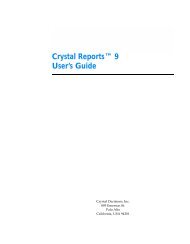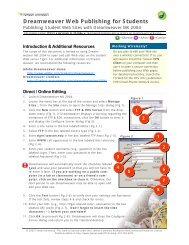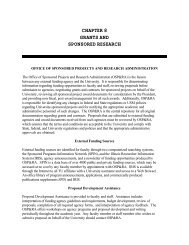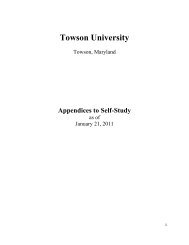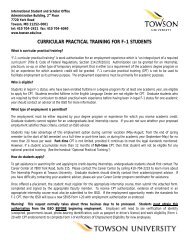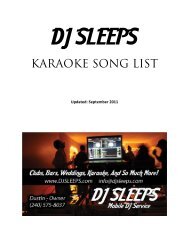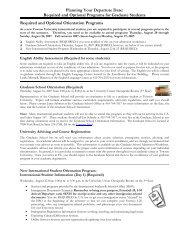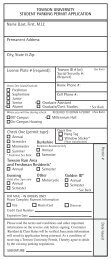Guidelines For the Safe Use & Disposal Of Ethidium Bromide
Guidelines For the Safe Use & Disposal Of Ethidium Bromide
Guidelines For the Safe Use & Disposal Of Ethidium Bromide
You also want an ePaper? Increase the reach of your titles
YUMPU automatically turns print PDFs into web optimized ePapers that Google loves.
II. Aqueous Solutions<br />
Stock, rinse and wash solutions can be decontaminated or deactivated using <strong>the</strong> following<br />
methods or use <strong>the</strong> procedures published in <strong>the</strong> National Research Council's report,<br />
Prudent Practices in <strong>the</strong> Laboratory: Handling and <strong>Disposal</strong> of Chemicals, or in o<strong>the</strong>r<br />
peer-reviewed scientific journals. EHS strongly recommends <strong>the</strong> charcoal filtration<br />
method of disposal.<br />
Please Note: These procedures ONLY apply to aqueous EtBr solutions. EtBr solutions<br />
containing o<strong>the</strong>r regulated hazardous wastes can not be treated and MUST be disposed of<br />
through EHS.<br />
1. Charcoal Filtration:<br />
Filtering aqueous EtBr waste solutions through a bed of activated<br />
charcoal is a relatively simple and effective way to remove EtBr. The<br />
filtrate is non-hazardous and may be poured down <strong>the</strong> drain. There<br />
are two commercially available kits available for <strong>the</strong> filtration of<br />
aqueous EtBr wastes.<br />
A. S&S Funnel Kit: This kit is available through VWR<br />
(VWR#28165-502) and uses a funnel and packaged<br />
charcoal disk to filter up to 10 liters of aqueous EtBr<br />
waste. Once <strong>the</strong> filter has expired, it should be<br />
packaged in a sealed bag (i.e., Zip-Lock) and disposed<br />
of through EHS.<br />
To extend filter life, keep funnel covered when not in use.<br />
6



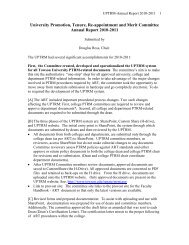
![MEMORANDUM OF UNDERSTANDING [Template] Towson ...](https://img.yumpu.com/51078365/1/190x245/memorandum-of-understanding-template-towson-.jpg?quality=85)
